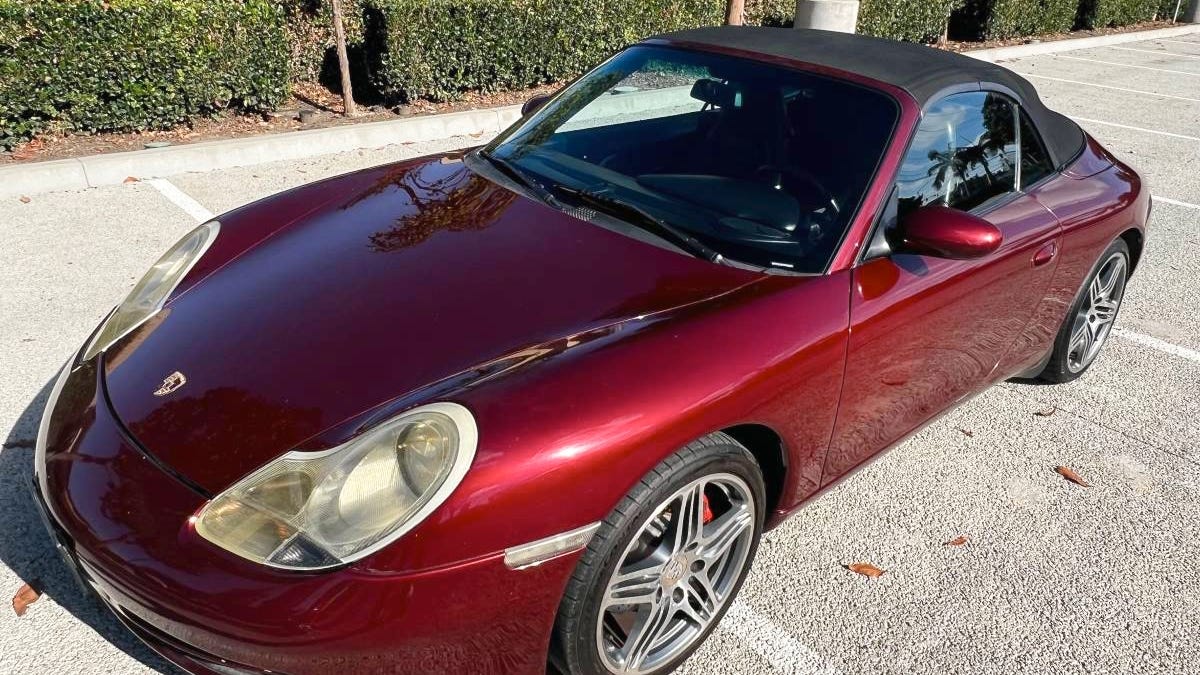The automotive industry has faced dynamic changes over the years.
Media, innovation, and technology are some of the major contributing factors fueling these changes, further upsetting car consumers’ buying journey.
About 59% of car buyers are now spending more time online researching cars than buying them. In the US, car sales have taken a turn for the worse as more people choose to hold onto their cars for longer and buy less.
Although these factors pose a challenge to car dealers, it’s possible to mitigate them by ensuring digital experiences work in harmony with car dealerships.
Here’s how technology has revolutionized the car buying experience.
1. Customers are Researching Cars
Car buyers no longer start their car research at a dealership, they start online.
In other words, their car buying process is influenced more by the content they consume online. By the time they walk into a dealership, they already know the car to buy.
The content they consume online helps in researching their chosen car. For example, YouTube walks you through popular car videos with test drives, features, and options. Watching these videos influence their buying decisions.
Car dealers should target and reach customers at this undecided stage before they make a buying decision, or competitors will influence them.
2. Consumers are Comparing Reviews and Prices
Thanks to technology, consumers are visiting comparison sites to check car reviews and prices before walking into a dealership or visiting a dealer’s site.
Consumers will start researching at a third-party site before landing at a car dealer’s site. That explains why every year automotive research sites report a substantial 12% increase in traffic, while car dealerships record a 2% decrease.
Car dealerships can provide “neutral” but relevant and timely car information in a few simple clicks to ensure customers don’t fish in another pond.
3. Changing Customer Experiences
Video marketing is creating a relevant, more personalized experience for car buyers.
Right now, virtual test drives are available. Consumers can even enjoy 360-degree views of a car’s interior and experience the car’s exterior via a virtual walk-around. This is enough to convince car consumers to buy a car without having to drive it.
Car dealerships can also do the same—frustrate status quo and tradition by giving potential car buyers a clear visual insight that goes beyond a car stock image.
They can explore YouTube and Facebook to demonstrate and display their cars while on a test drive. Doing so can influence a prospect’s buying decision.
4. Making Buying Decisions via Mobile Devices
Automotive consumers rely on their mobile devices to research car information. And it’s not a surprise because close to 15% of people are “smartphone-only” Internet users. That means mobile phones can play a huge role in making purchase decisions.
Here’s how a (smartphone) mobile journey begins for a car buyer:
- Awareness stage: They browse for car inspirations on mobile.
- Consideration stage: They research, compare prices, and reviews.
- Intent stage: They request brochures, and then book a test drive on mobile.
- Purchase: Lastly, they buy the car of their choice.
Car dealerships can tap this tip and ensure their dealership websites are mobile-friendly, to enhance a smooth customer experience on mobile.
Anything that enhances customer experience is a win for car dealerships, technology is no exception in this case. Online is now a portal to a dealer’s showroom where consumers come to buy after researching their choice car.






